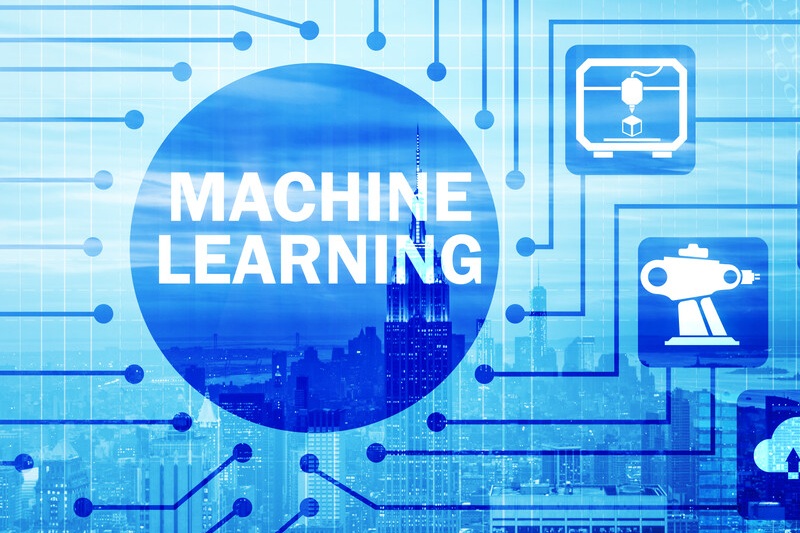Data entry is the process of entering information or data into a computer for later use. With the help of data entry services, businesses may enlist the support of data entry specialists who recognize the value of data acquisition and can assist you in getting reliable data in digital format. Data entry is a crucial task that has a big impact on productivity and any incorrect data entry can also have an impact on how well a firm performs.
Real data is inconsistent and due to the exponential growth in data output and the rise in diverse data sources, there is a considerable likelihood of obtaining data that is aberrant or inaccurate. However, only reliable data can result in precise models and, eventually, precise forecasts. Therefore, it is essential to process data for the highest quality. Data preprocessing is a crucial stage in data science, machine learning, and artificial intelligence. It is a step in the data processing process.
What Is Data Entry Preprocessing and Why Is It Important?
Data preprocessing is a method for transforming unclean data into clean data sets. Whenever data is acquired from various sources, it is collected in a raw manner that makes analysis impossible. Therefore, a few procedures are carried out to transform the data into a neat data set. This method is used before iterative analysis is carried out. Data preprocessing is the collective name for processes like data cleaning, data integration, data transformation, and data reduction.
Every piece of data used to train a machine learning system should help the model become more capable of making decisions. The model won’t be able to adapt or function in real-world situations if there are any data shortages, especially in crucial situations like autonomous driving. Therefore, clean, structured, and intent-appropriate data must be used to train an AI/ML algorithm. Data preprocessing is necessary in this situation.
Different Data Preprocessing Methods in Machine Learning
While each ML/AI modelling requirement is unique, and a few requirements are necessary to generate a baseline level of data quality. Until the desired quality is attained, this cycle is repeated. Alternately, each one may be carried out repeatedly until the desired results were shown in the data sets. The technique used will change depending on the application and viability. The four key machine learning data preprocessing processes listed below are essential to any model training operation:
- Data cleansing: As was already mentioned, data cleansing is the main method for resolving a variety of data errors, such as inconsistent data, missing data, unusual entries, etc. The procedure might be carried out right away following data gathering or whenever following data storage in a database. Machine learning techniques must be used in particular for real-time purification since the dynamics of the input data can change randomly.
- Missing Data: There could be an error during source transmission or data entries could be unintentionally erased. A tuple, a data type used to hold data collections, is ignored if there are numerous missing values in a large data set. In other situations, the missing data is added by carefully examining the data and/or again extracting the data set. Regression analysis and numerical techniques like attribute mean may be used in conjunction with manual labor.
- For inconsistencies: A variable’s variance and all random errors are measured and eliminated. This machine learning technique for data preprocessing has several uses. One function that divides data into equal-sized “bins” for separate processing is data binning. The faulty data is replaced with its border, median, or mean counterparts when it is applied to sorted data values. Regression is a different function that is very useful for prediction. Depending on whether a single characteristic or a number of qualities are being taken into account, either a linear or polynomial regression equation is employed to fit the data points.
- For Outlier removal: Data that have similar values are grouped together in a process called clustering, and values that are beyond the coverage range are discarded as noisy data. It is critical to remember that cleaning a dataset is a delicate subject. Even one bias or error can have a disastrous effect on your dataset and, consequently, the ML algorithm. Since they are more likely to guarantee accuracy on all fronts, professional data cleansing services are preferred.
- Data Integration: A unified, coherent, and consolidated database is produced using the data preprocessing approach known as integration, which combines and cleans diverse datasets. By addressing different data formats, redundant attributes, and data value conflicts, it plays a crucial part in developing a single data repository for machine learning algorithms.
- Data transformation: To combine the cleaned data into other forms with changes to its value, structure, or format, transformation of the input ML data is necessary. In order to complete this data preprocessing stage in machine learning, the following functions are used:
- Normalization: The most significant transformation function is normalization, which correlates various data points by grouping them into containers according to specific criteria. To fit the data into a required range, the attribute numbers are scaled up or down. The Min-Max, Z-Score, and Decimal Scaling techniques are used for normalization.
- Generalization: This function converts low-level information into high-level data. For this, concept hierarchies are utilized to group simple data forms into more complex categories.
- Attribute selection: Through the creation of new data characteristics, attribute selection helps the data mining process. As a starting point for the creation process, existing data attributes are utilized.
- Data aggregation: When the data that is used for preprocessing in machine learning is condensed into key points, it performs well. Aggregation accomplishes this by saving and displaying data in this manner. It helps the model verification process that is carried out later in the pipeline by creating reports based on various criteria.
- Data Reduction: A company’s data warehousing capabilities, as well as the analytical and mining algorithms that use them, can all be impacted by having too much data. One way to resolve this is to use several functions to minimize the amount of data without lowering the overall data quality. The following data reduction functions are used for preprocessing data in machine learning:
- Dimensionality reduction: This process is used to identify and eliminate redundant features from data sets.
- Compression: Data can be compressed using a variety of encoding techniques to make it easier to retrieve and process.
- Discretization: Results are difficult to understand since continuous data is less likely to have strong correlations with the desired variables. Discretization makes it simple to comprehend the data by forming groupings that are specific to the target variable.
- Numerosity reduction: Data models tend to add weight to the storage despite being small and simple to understand. As an alternative, turn them into equations to make storing simpler.
- Selection of the Attribute Subset: Balancing the Attribute Numbers is one of the best techniques to prevent the Overload or Underload of Attribute Numbers. The model training process gains value from careful attribute selection since undesirable attributes are eliminated.
- Data Quality Assessment: To preserve accuracy, data quality assessment is carried out using statistical techniques. With the aid of data profiling, cleaning, and monitoring, data quality assessment is carried out, focusing on elements like completeness, accuracy/reliability, consistency, validity, and lack of redundancy. However, it could take several sweeps to get the desired data quality.
The above-mentioned procedures will work best if they are supplemented by some of the most effective data preprocessing techniques.
- A strong strategy that is in line with corporate objectives can help to simplify the entire pipeline and prevent resource waste.
- The application of pre-built libraries and statistical techniques makes preprocessing simpler. They assist in providing the visualization required to acquire a complete image of your data warehouse based on different attributes.
- Precaution is required to guarantee high-quality datasets. Therefore, early consideration of data flaws when working on data preparation in machine learning aids in developing a better strategy.
- Instead of having a huge pile of unclassified data, create summaries or data sets that can be readily connected and worked on.
- To make the database thin, remove any unnecessary fields and characteristics. Efficiency in ML model training is significantly improved by dimensionality reduction.
- To maintain the material current and relevant, frequently do updates and quality assurance. Update preprocessing software and algorithms as well to increase precision and efficiency.
Machine learning’s usage of data preprocessing enables any ML model being developed or used to perform at its highest level. However, a firm may find the process to be tiring given the complexity and financial factors, particularly if the business is new to data mining. Such companies may decide to contract the data preprocessing to reliable data entry companies. They offer a wide range of services for data cleansing, enrichment, and standardization of data and also clean up your database to turn it into a useful resource for your organization.




